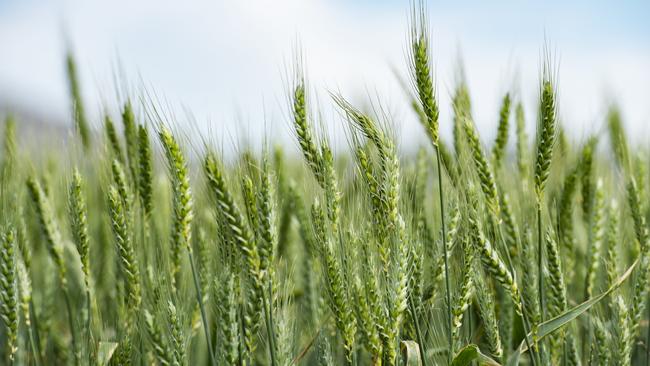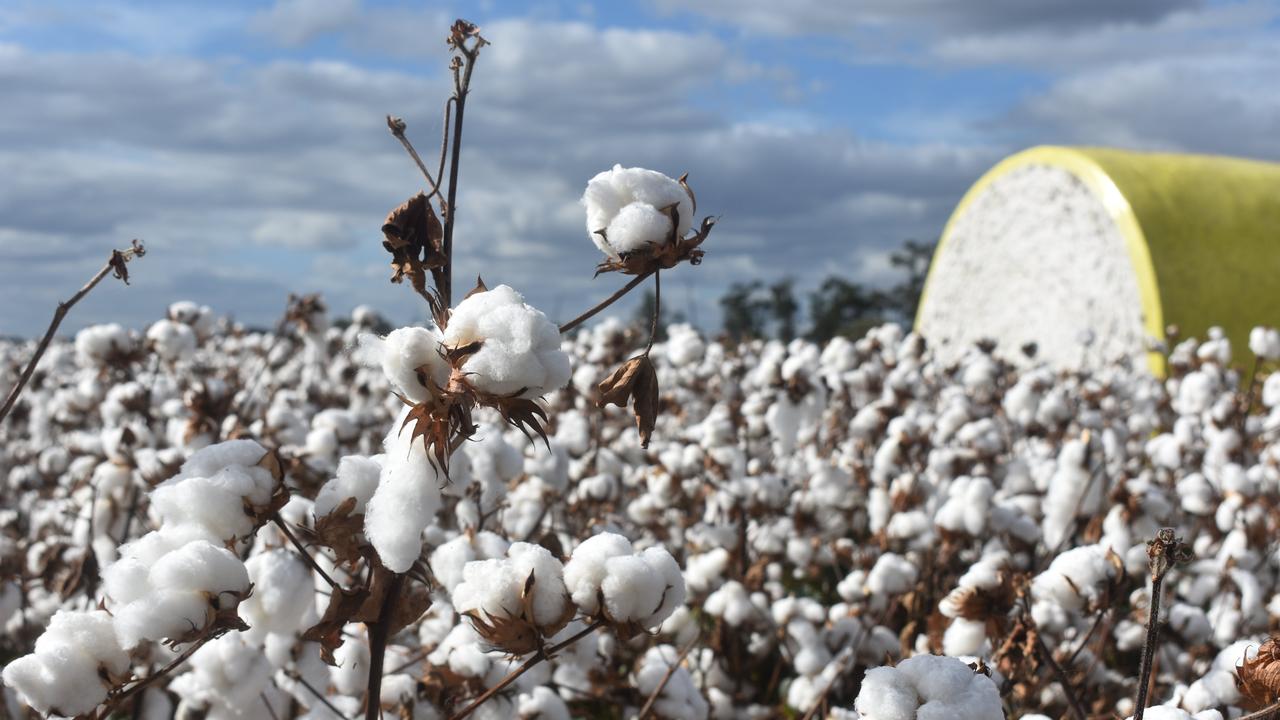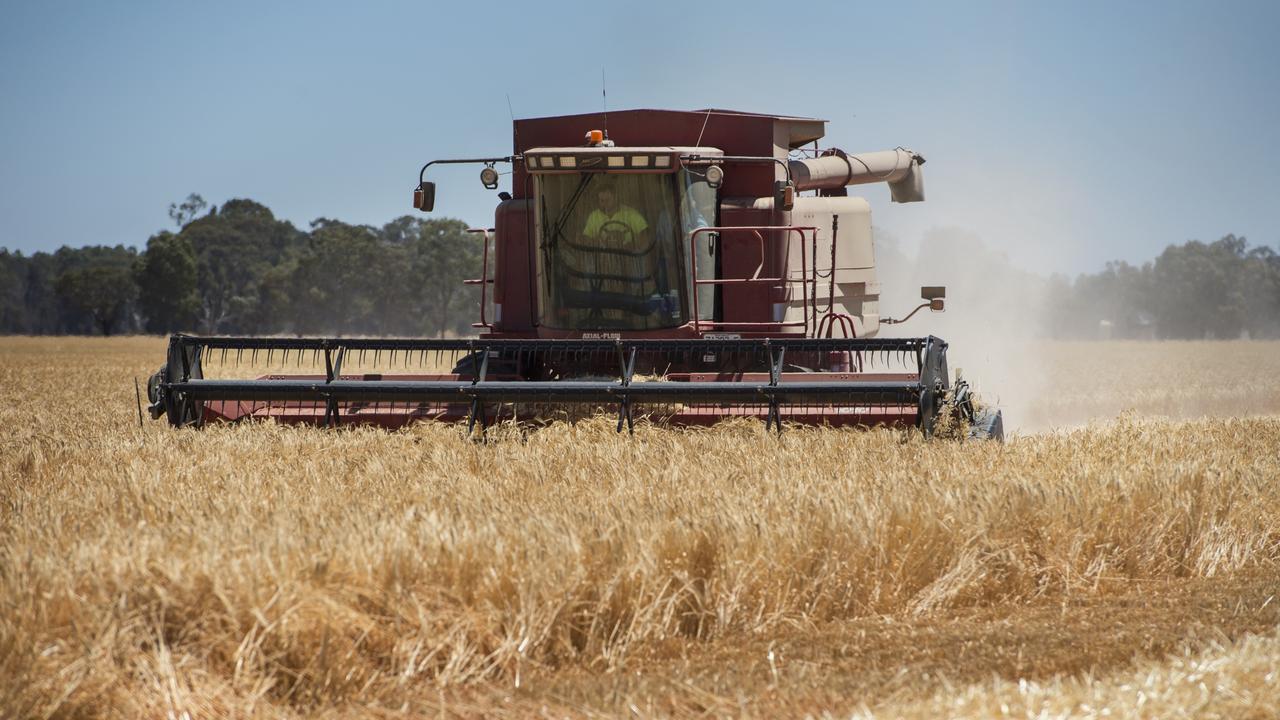Wheat futures rise as Russia, US experience dry weather
Australian wheat growers are benefitting from good rain while the lack of rain in northern hemisphere raises production concerns for Russia and the US.

RAIN pushes crops along in southern Australia while dry weather across key international producers drives prices higher.
Wheat futures prices on the Chicago exchange reached levels not seen since 2015 due to dry weather in key winter wheat growing regions of Russia and the US.
Similar production concerns are impacting the world’s oilseed markets as the huge soyabean producers in Brazil and Argentina are also looking for rain before planting crops.
Canola futures prices in Paris and Winnipeg are both $3 to $4 a tonne higher and published bids in southeastern Australia are $6 to $7 a tonne higher.
While there has been a lot of focus on new crop grain production and the volume and cheaper prices it will deliver, the grain markets down the east coast have swung back to consider and trade the current crop.
Consumers have had little incentive to carry over any grain stocks this year.
New crop wheat prices have been as much as $70 a tonne cheaper than current crop back in May and the difference has since closed in to $20 a tonne.
Trying to keep mills operating through October and November can be tricky if stocks are low and that has been the financial incentive.
The cool and wet conditions of the past three weeks have delayed the harvest of the crops in the north and exposed some consumers to a shortage of inventory.
Feedlot buyers on the Darling Downs were forced to pay up for grain in the last week of September when wheat price escalated $50 a tonne in one week. Then in the next week, barley prices fell $45 a tonne as new crop became available.
Analysts have been forecasting that carry-over stocks of grain in South Australia will be low at this time of the season for many months and brokers believe that stocks are now unobtainable.
Wheat still available for sale in from sites or farms in Victoria and the Riverina spiked $15 to $20 a tonne last week in response to this short-term squeeze in grain supplies.
Barley supplies are more abundant, and the higher volume of trade has not seen prices change.
Last week the domestic trade for wheat into the Melbourne market saw old crop wheat trading at a $13 a tonne premium to new crop and this has blown out to a $22 a tonne premium this week.
MORE
RAIN FALLS IN VICTORIA INCLUDING IN PRIME CROPPING DISTRICTS


